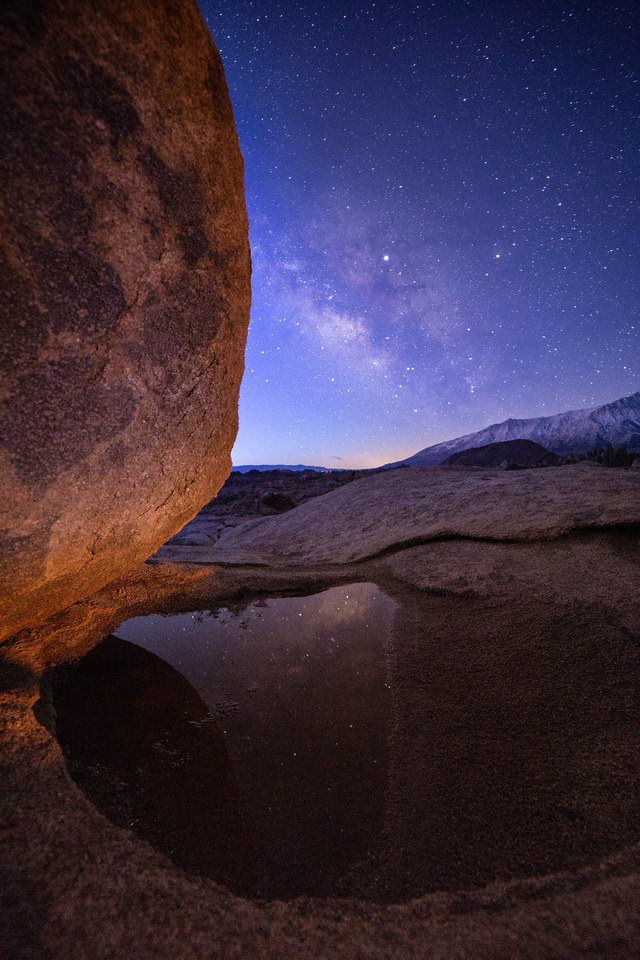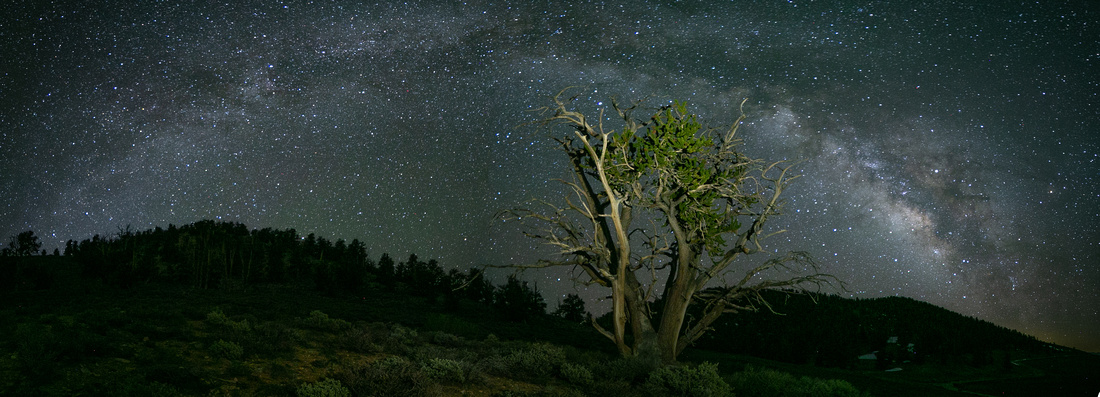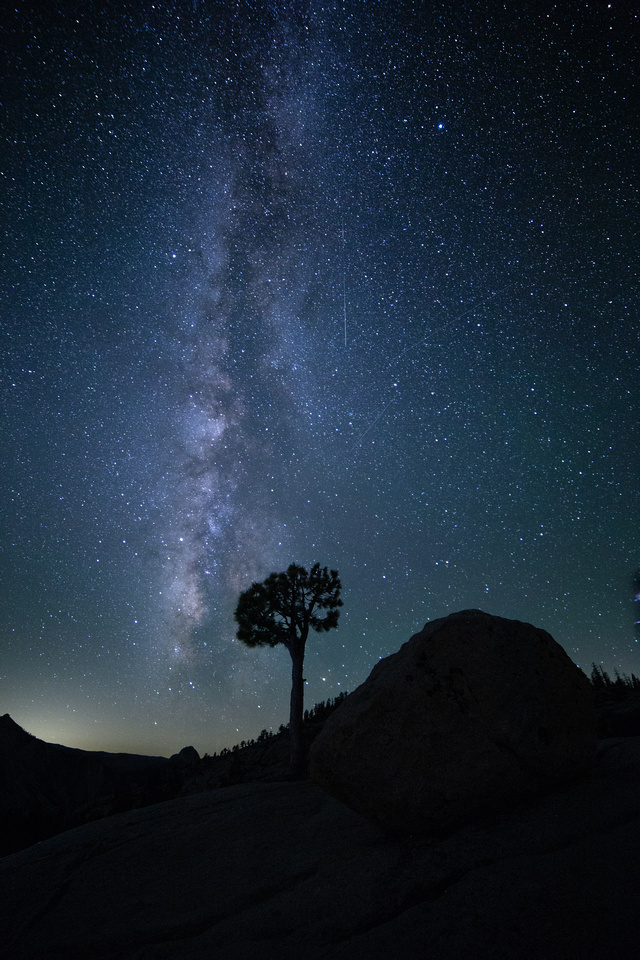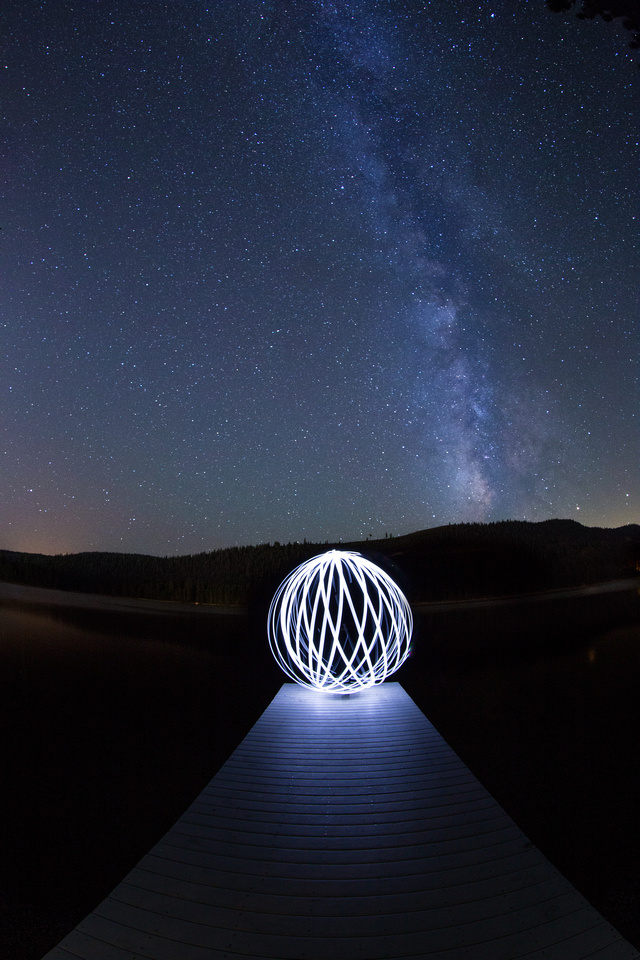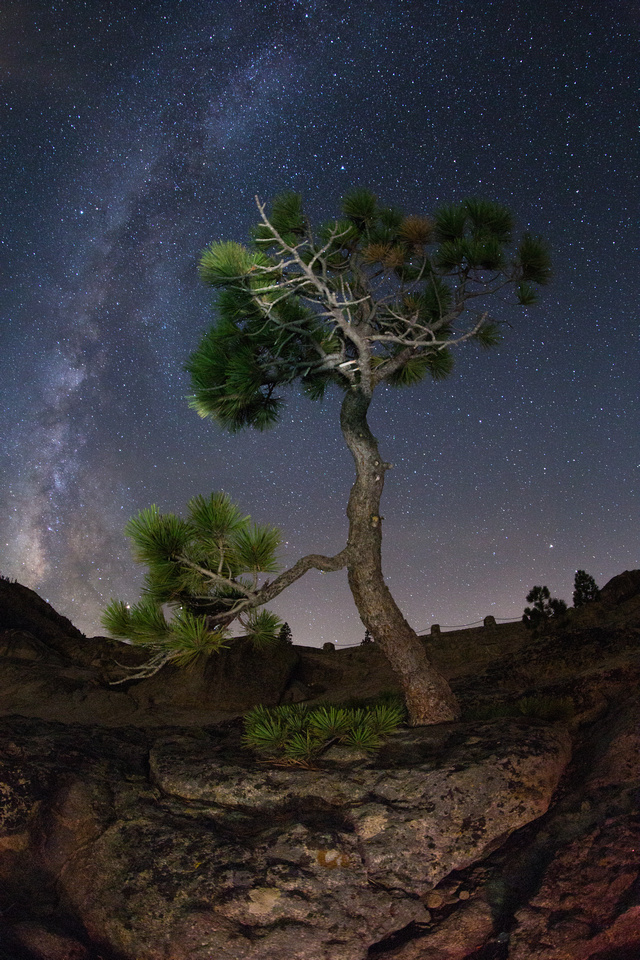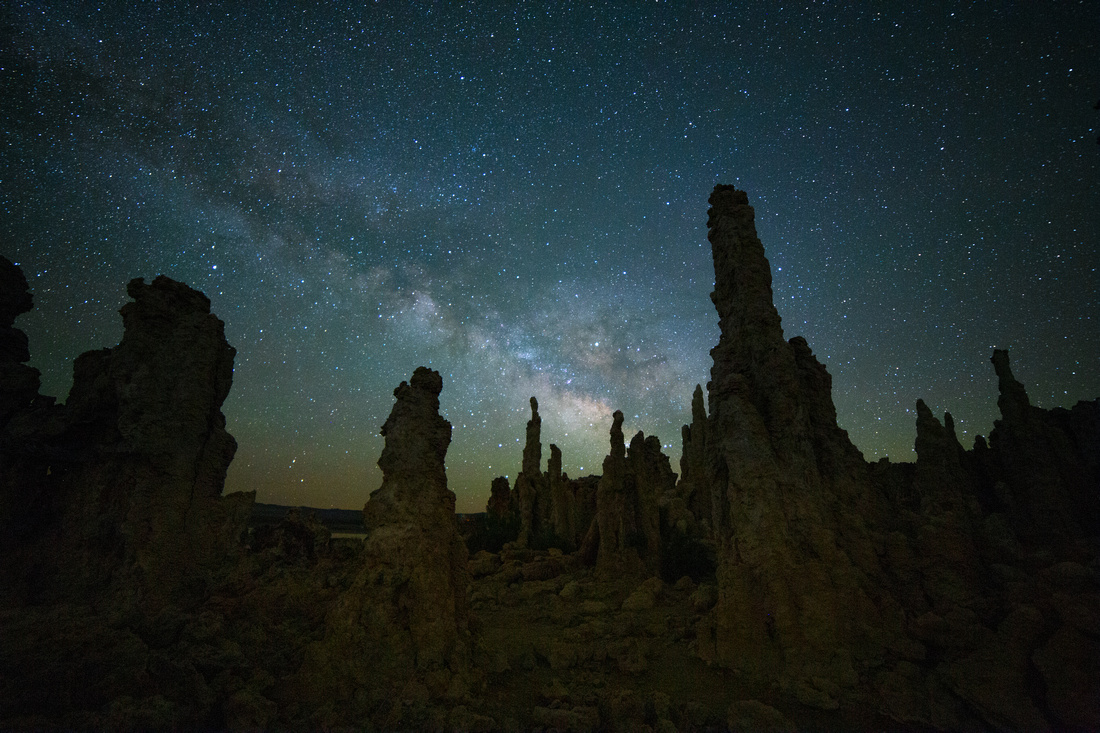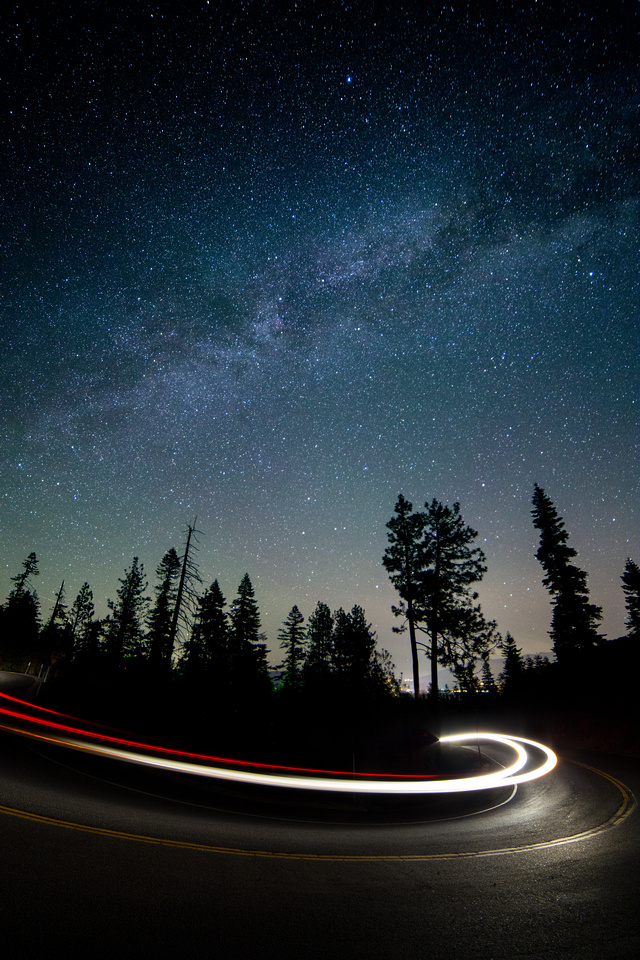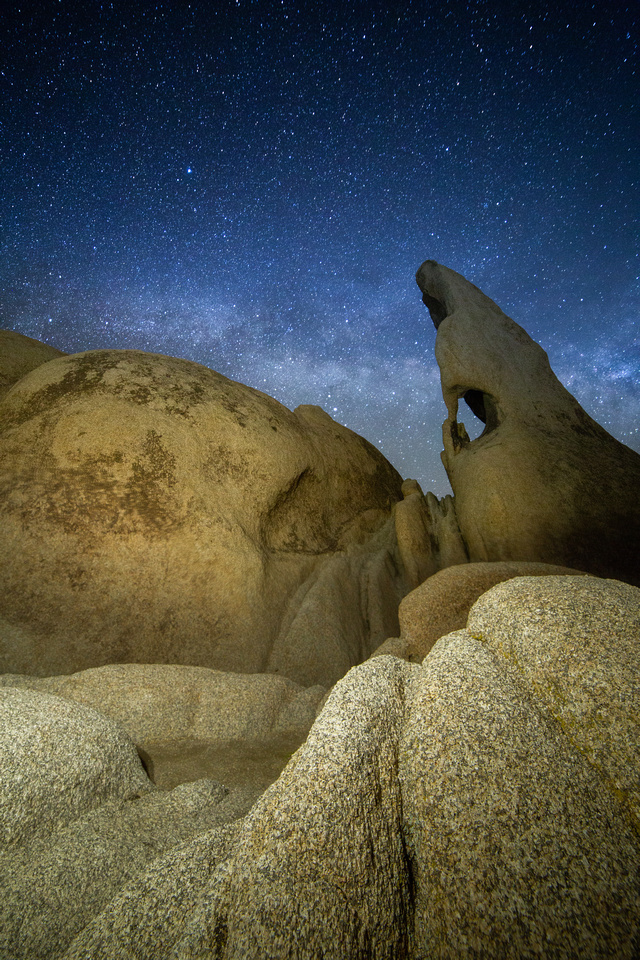Photographing the Milky Way
"M" is for Milky Way. Not the candy bar, but we are close enough to Halloween, I wouldn't blame you for going there. . . Actually, I love chocolate so I'd never blame you for going there.
This post is all about the Milky Way in the sky - and how to incorporate it into your photos. It isn't terribly complicated but there are a few things you need to keep in mind:
|
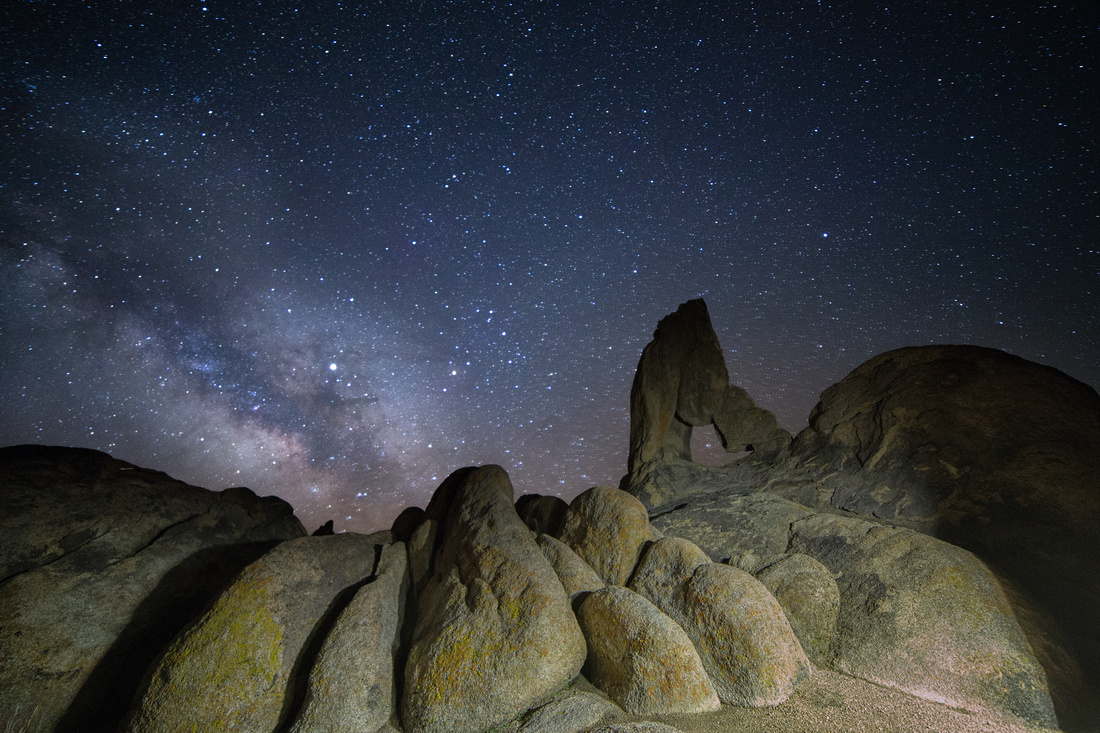 
Boot Arch in the Alabama Hills, near Lone Pine California |
|
Boulder and pool of water in the Alabama Hills, near Lone Pine California |
|
|
Ancient Bristlecone Pine in the White Mountains, near Big Pine California |
|
Olmstead Point, Yosemite National Park |
|
|
Orb on pier, Donner Lake |
|
Tree at Donner Lake Overlook, near Truckee California |
|
|
Olmsted Point, Yosemite National Park |
|
Tufa towers, Mono Lake, near Lee Vining California |
|
|
Car on turn, Lake Tahoe, California |
|
Wizards Eye, Joshua Tree National Park |
